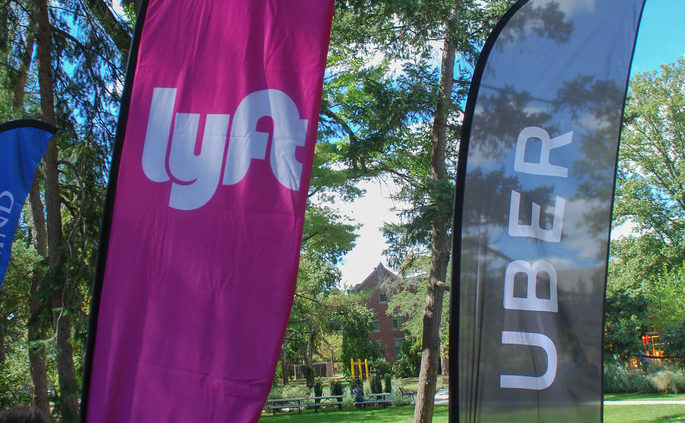Ride-Hail Companies Supplement the MBTA RIDE Program
One of the most pervasive concerns facing our aging population is decreased mobility. Inadequate transportation can affect seniors in urban and rural settings alike, and the inability to get around easily makes independent living extremely difficult for older residents of cities in particular. Often unable to drive or take traditional forms of public transit, securing a ride to a doctor’s appointment or the grocery store can become a timely, costly ordeal for older adults.
Solutions to the senior mobility issue have, until recently, left much to be desired. The Massachusetts Bay Transportation Authority’s (MBTA) RIDE paratransit system, which serves senior citizens and passengers with disabilities, has traditionally been an inconvenient option for customers. It has also been expensive to run. Between FY2007 and FY2012, the budget for the RIDE increased at a rate of 17% annually while the quality of the service saw no improvements. Under the traditional door-to-door format of the RIDE, whereby a driver picks up multiple users going in the same direction, what would normally be a 20 minute drive to an appointment can take over an hour. Users also face great difficulty arranging same-day rides.
As a large portion of the Greater Boston area population enters a less-mobile stage of their life, the MBTA has looked to the innovations of the so-called sharing economy to provide a solution to the current issues with the RIDE. Specifically, ride-hail companies, which have taken the transportation industry by storm with their convenience and cost effectiveness, have proven a reliable partner in chartering a new direction for paratransit in Greater Boston.
In an effort to cut growing costs and increase consumer satisfaction among RIDE users, the MBTA launched a pilot partnership with Uber and Lyft in October 2016 to provide on-demand passenger pickup. From its inception in October to mid-March this year, the pilot program had provided over 12,000 rides to 750 participants with remarkably high rates of customer satisfaction. The Net Promoter Score, a common measure of customer satisfaction, for the pilot program was 79% compared to 11% for the MBTA’s fixed route services. The pilot program proved cheaper for both the MBTA and users, costing 70% and 14% less than the traditional service, respectively.
Importantly, accessibility is not sacrificed for the sake of cost effectiveness and convenience. The pilot program offers accessible options much like the traditional RIDE service as both partner companies provide wheelchair-friendly vehicles and accept non-credit payments.
The success of the pilot program in the Greater Boston area on all measurable fronts has prompted a number of agencies and transit authorities from across the United States to look to the MBTA with hopes of replication. With ride-hailing platforms already established in most major cities across the country, the startup costs are low while potential financial savings are substantial.
In the coming fiscal year, the pilot program is expected to conduct 10% of the RIDE’s total trips. Now that the few kinks of the pilot have been resolved in its initial run, all that’s left to do is spread the word to the senior community so more individuals can take advantage of the service.




Leave a Reply
Want to join the discussion?Feel free to contribute!